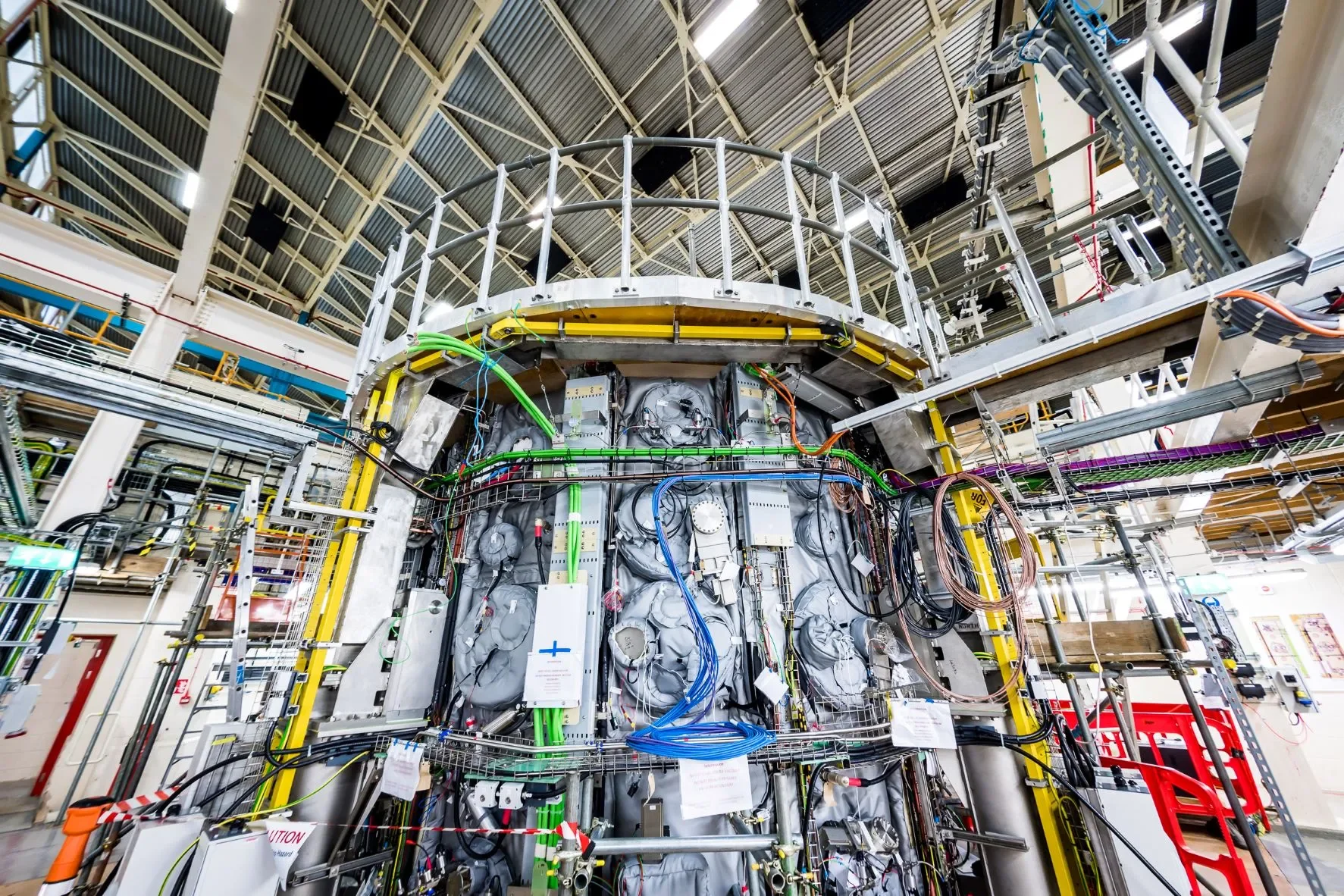The UK's Leadership in the Global Fusion Energy Race
The United Kingdom has established itself as a top player in the pursuit of fusion energy. It has successfully blended a rich scientific legacy with a dynamic culture of private innovation. With the current rise in investment across the global fusion industry, confidence in the technology’s commercial viability is also surging. In the UK, this investment is strongly backed by the government, which demonstrates a serious and long-term focus on accelerated fusion development. This commitment firmly positions the UK as one of the world’s leading countries in fusion development, effectively transforming decades of fundamental research into a fast-growing industrial strategy.
History of Fusion in the UK
The UK;s leadership is rooted in its long history of commitment to fusion. The country has been at the forefront of plasma physics since the 1950s with the ZETA project. Today, the UK Atomic Energy Authority (UKAEA) operates the Culham Centre for Fusion Energy (CCFE), which has been a Joint European Torus (JET) facility for over 40 years.
JET, which recently concluded their operations, held the world record for sustained fusion energy that was set in 2021. This monumental achievement provides crucial data for the international ITER project and cements the UK’s expertise in large-scale tokamak operations.
Current Fusion Breakthrough in the UK
Developments across Europe and globally are reaffirming how rapidly the fusion landscape is accelerating, and the UK remains central to this movement. Fusion is no longer just an academic pursuit and now a part of Britain’s industrial policy.
The UK government recently reaffirmed fusion as a core pillar of its national growth strategy, emphasizing its potential to create high-value jobs, spur technological innovation, and strengthen energy security. Alongside this, new planning rule reforms are set to simplify site approvals for future fusion plants, a clear signal that the UK aims to move fast from prototype to commercial production.
RWE Backs Focused Energy with 10 Million Investment
Europe’s major utility player, RWE, announced a €10 million investment in the laser-fusion startup Focused Energy. This move represents a significant turning point for mainstream energy firms, marking fusion as an important part of their long-term portfolio diversification. By aligning industrial know-how with startup agility, RWE is strengthening Europe’s fusion ecosystem and opening doors for future partnerships with the UK’s growing private sector base, which includes companies like Tokamak Energy and First Light Fusion.
MIT’s new prediction model to improve plant reliability
Across the Atlantic, researchers at MIT introduced a new predictive model designed to forecast and optimize the performance of fusion plants. This innovation could significantly improve plant uptime and reliability, a key engineering step toward making fusion power commercially viable. For UK fusion developers, tools like this are game-changers, enabling more precise design, testing, and operations at facilities such as the Culham Science Centre.
STEP Expansion at West Burton, Lincolnshire
The UK’s flagship Spherical Tokamak for Energy Production (STEP) project announced a major expansion at its chosen site, West Burton in Nottinghamshire (correcting the location from Lincolnshire). This development is expected to bring significant regional benefits, including the creation of thousands of jobs, new supply chain opportunities, and an increase in local economic activity. The site, led by the UKAEA, aims to deliver the world's first prototype fusion power plant by the early 2040s. This expansion marks a definitive shift from pure laboratory research to large-scale, real-world engineering, demonstrating how fusion is beginning to drive regional economic growth, not just scientific progress.
Why It Matters: The Global Alignment
These recent breakthroughs reflect a clear trend: fusion development is no longer confined to research institutions. The private sector, governments, and international investors are all aligning toward commercial deployment. For the UK, this presents both an opportunity and a challenge. As Europe and the US mobilize significant funding and talent, the UK must maintain its momentum through continued public-private alignment, regulatory clarity (such as the specific regulation under the Health and Safety Executive), and cross-border cooperation.
The country’s comparative advantage lies in its deep engineering expertise and its nuclear infrastructure readiness. But sustaining that lead will require the same energy that drives its European peers: sustained investment, robust collaboration, and policy agility.
Europe as The Fusion Pulse
Fusion energy is no longer a distant vision; it is a sector in motion, with investment flowing, construction planning starting, and governments formally recognizing its immense industrial potential.
The UK’s leadership is clear: it’s not just contributing to global progress; it’s shaping it. With a national industrial strategy that prioritizes fusion, planning reforms to accelerate projects, and the STEP program driving regional growth, Britain is turning the promise of fusion into tangible practice.
The next decade will be decisive—and the UK is already lighting the way.



